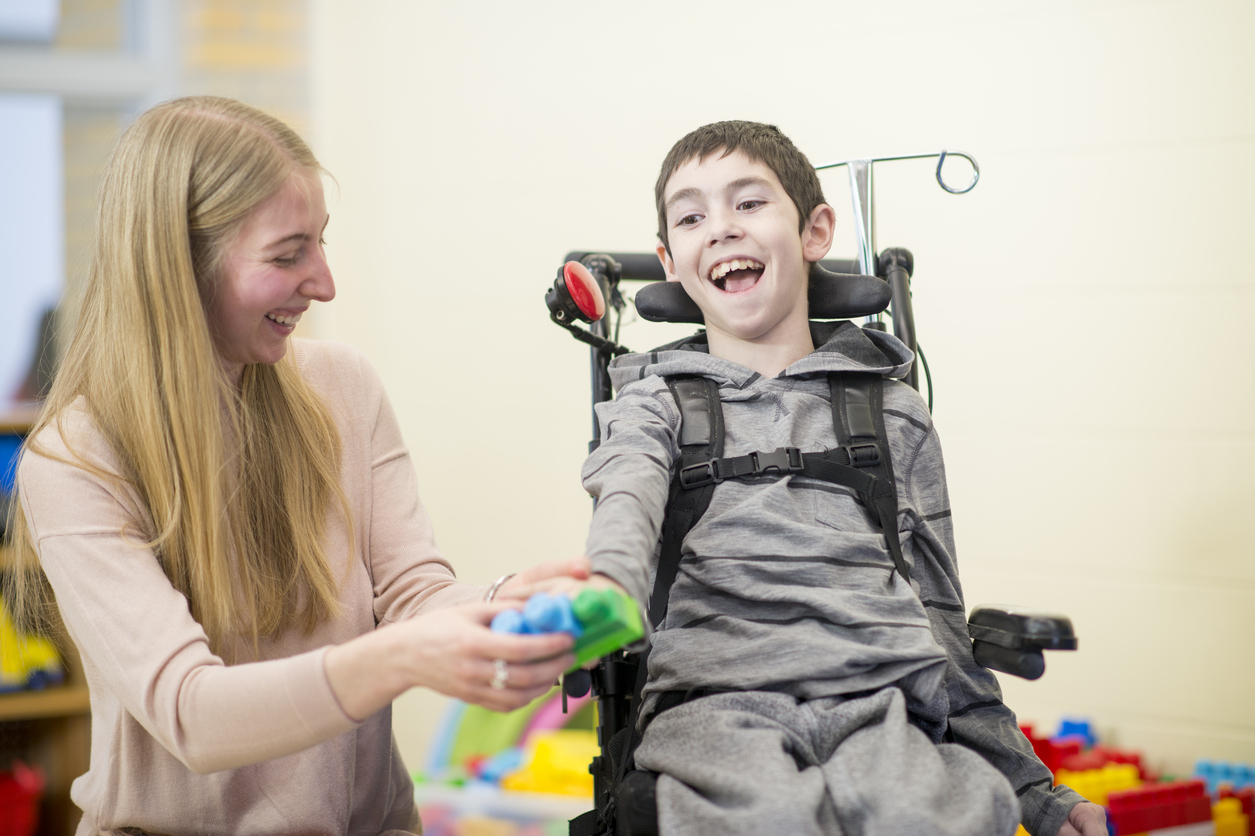Freud thought the injury could happen during the development of the brain (in earlier stages than Little thought), i.e., during the fetal period.
Two hundred children in each cohort are diagnosed with cerebral palsy in Sweden (between 2-4 children per 1000 born in Sweden).
The rising number is due to improved neonatal care and more effective documentation of CP cases in the national registry.
In the 50s the dystonic CP was more usual due to kernicterus.
Underlying causes ( medical diagnosis!):
Cerebral = related to the brain
Paresis = weakness
Plegi (paralysis) = total paralysis
Monoparesis = weakness in one extremity
Diparesis= weakness in two extremities (legs)
Tetraparesis = weakness in all four extremities
Unilateral = one sided or bilateral = dubble sided
Peri: around
Ventricular: large cavities in the brain that contain cerebrospinal fluid
Leuko: white
Malacia: softening or degradation of tissue
CP consists of various motor syndromes:
Most usual form (50 %)
Spasticity = increased muscle tonus
Pyramidal pathway always affected
(cortex, corona radiata, capsula interna, spinal cord)
30% of CP
Dys = bad or difficult
Athetosis = involuntary, persistent, and movements like a snake in the extremities
Extrapyramidal system ( motor-modifying system) is affected
Basal ganglia are always damaged
Tonus change
Caused by trauma, hypoxia, bleeding, kernicterus (severe jaundice in newborns)
10% of CP
Ataxia is dominant clinical symtom
Ataxia = abnormal coordination
The cerebellum is most affected
Injury at the right side of the cerebellum causes right-sided motor deficit.
Ataxia can affect motor ability in the legs, arms, and even head and neck muscles (atactic speech)
Kombination av olika motoriska svårigheter.
Abnormal gait in children with cerebral palsy depends on many different factors:
It depends on the cause, severity, and additional problems (a child with refractory epilepsy has a worse prognosis than those without epileptic seizures).
GMFCS
MACS
Neonatal Encephalopathy and Cerebral Palsy,
Ralph Adamo, Acog, 2003.
Management of the Motor Disorders of Children with Cerebral Palsy,
David Scrutton, MargareMayston, 2004.
Neurology of the newborn,
Joseph J, Volpe, 2008.
www.cpup.se
www.ucp.org ( United cerebral palsy)
www.nchpad.org ( The national center on physical activity and disability)
